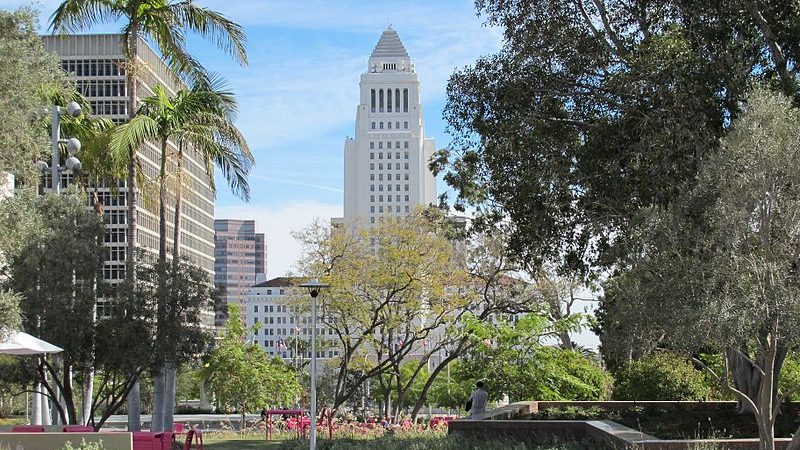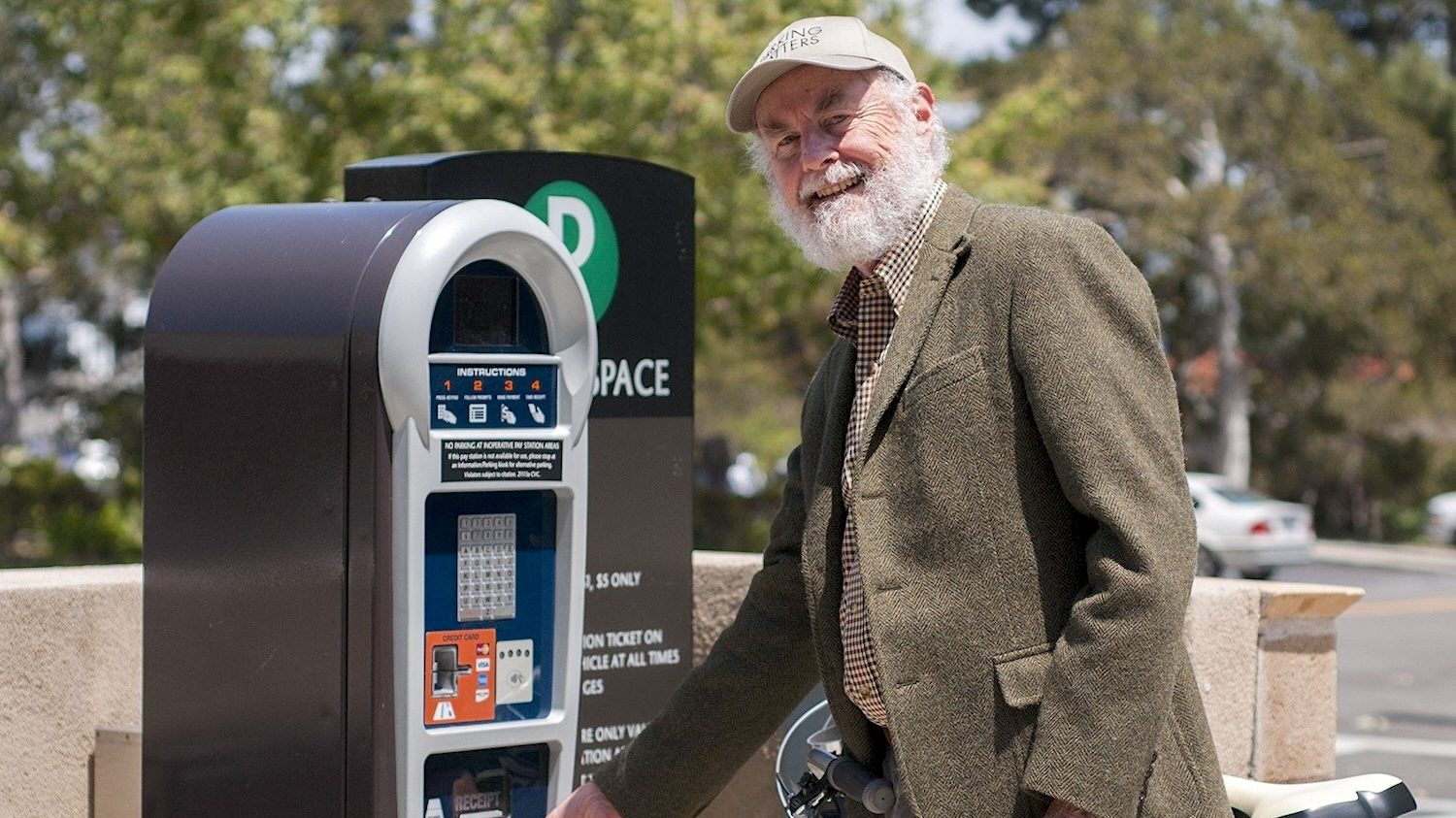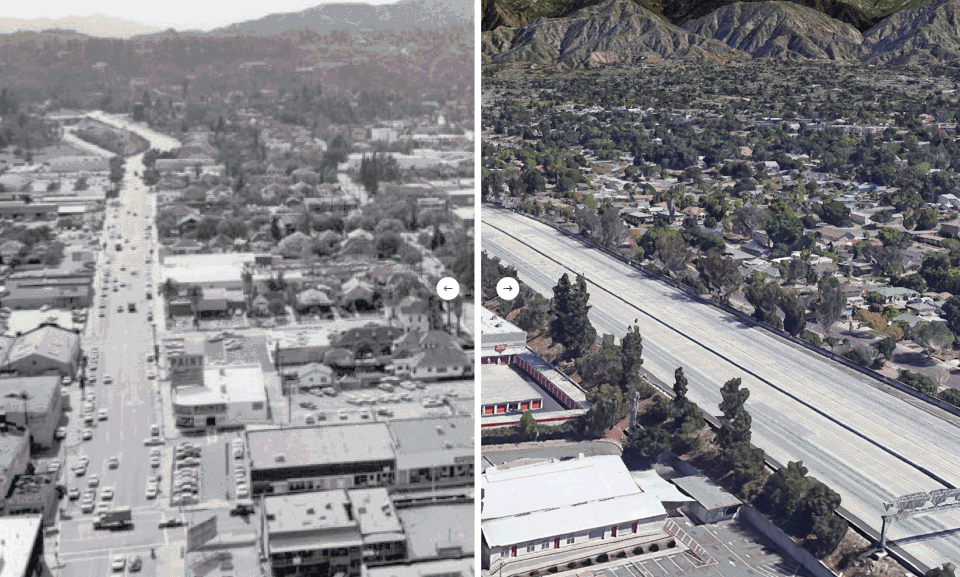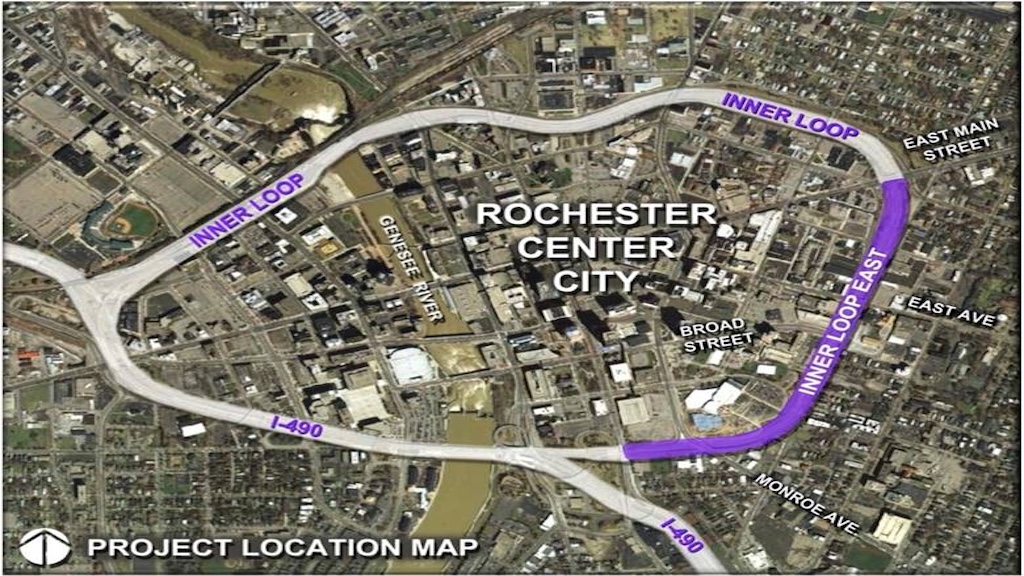Infusing equity in LA’s transit and parks funding

In an unprecedented move, Los Angeles County voters in 2016 approved Measures M and A to create new, permanent flows of resources for transit, parks, and open space. More than a third of Measure M funding is dedicated to vastly expanding rail and bus lines throughout the region. In 2018, as the new lines are starting to be planned, how can the County implement these measures to make a positive difference, at a time when LA could hardly feel more challenging to live in?
For a city that was once the hotbed of movements to reduce property taxes and strip essential services (most notably with California’s Proposition 13 in 1978), the passage of Measures M and A is itself a sign of positive change. In the 1980s, increasing lack of investment coincided with Los Angeles becoming one of the country’s first majority-minority counties, and investment was stripped from communities of color to go more exclusively to wealthier, whiter folks.
This isn’t just shocking history: Patterns of segregation and wealth-for-public goods deeply mark how LA runs today. For example, our analysis at the Program for Environmental and Regional Equity at USC (PERE) found the largest concentrations of seniors, students, and people with disabilities don’t live near existing rail lines. Many more live near some proposed rail lines that Measure M will fund, especially those extending north and east.
The new lines could bring better connections to jobs, schools, and other opportunities — or they could be followed by evictions and efforts by market-rate developers to cash in. In other words, Measures M and A have the potential to reshape LA’s future for better (if we get implementation right) or for worse (if we don’t).
In PERE’s recent Measures Matter report, we provide a road map to ensure that Los Angeles makes the best of this chance. We listened to and learned from community organizations, members, planners, and agencies, speaking in depth to 37 participants through interviews and focus groups, about how we allocate our public resources. Coupling their insights with the latest research, data, and national best practices, our team developed a framework for equitable implementation anchored in common language, principles, and overarching metrics. It’s a tool for planners, agencies, and organizers to move the equity agenda forward when it comes to Measures M and A in particular — but is also useful for centering equity in other policy areas.
To start, advocates, planners, and researchers have varying definitions of equity. There are also tensions with related concepts, such as equity vs. equality. The former is about repairing the harm of past decisions, or closing gaps, and the latter is more about “fair share,” or dividing the pie equally without acknowledging history. In LA County, some call for geographic equality (spreading resources everywhere) without recognizing how certain areas have never had a fair chance to receive investment — often the areas that rely on most public transit in their daily lives.
With those tensions in mind, and learning from stakeholders, we defined equitable implementation in particular as having three dimensions:
- Closing historical gaps and inequalities that tend to map onto race and place
- Developing deep partnership with affected communities to support their participation and power
- Mitigating future disparities by building long-term and trying to prevent future harms
From this big picture, we came to eight overarching principles to actualize equity. For each, we worked with stakeholders to define potential action items to put the principle into place, and then create indicators to show us the progress. Here are a few key principles:
Define equity from the start. A clear, shared understanding of equity has to be at the front of any conversations about policy shaping the region’s future. Measure A was written as a direct response to a pioneering parks and open space needs assessment that highlighted inequality in open space access. Measure M, though, didn’t have a definition of equity, or even a needs assessment — which concerned community-based organizations (CBOs) that knew about existing inequalities in bus and rail service. Today, CBOs and leadership at LA Metro are starting to shift the conversation. Going forward, equity can still be infused in Metro’s Long-Range Transportation Plan, which helps direct where Measure M money goes. But CBOs must have a consistent seat at the decision-making table to help define the vision for transportation equity.
Ensure that agencies, cities, and organizations receiving funds align with the vision of equity. Much of the measure money will go down the chain to small cities and subregions. Equity guidelines should follow the funding, and municipalities should be encouraged to engage with their local communities to get their buy-in and input. CBOs that are doing the hard work of organizing and empowering community participation should also get adequate funding for their endeavors. The better equity is tied to funding, the more meaningful community participation can become.
Infuse programs with a bigger vision of economic and health equity. Metro and affiliated agencies should center anti-displacement in all programs. Agencies would do well to realize that the ways they impact communities is not separate from, but central to, their mandates as public institutions. The state’s Transformative Climate Communities program has helped set a model for equity, as it makes funding for municipal energy projects contingent on having laws and policies in place about tenant protection, land banking, and other affordable housing programs.
LA is leading the country with new initiatives on the environment, labor rights, drug decriminalization, and more. Now is the time for Metro and other government agencies to take action on equity. Measure M and A projects could become the tracks, footpaths, and greenbelts that lead to further displacement and inequality. Or, with a commitment to infusing equity throughout implementation, transit and parks can become the backbone of a more equitable Los Angeles County for decades to come.



